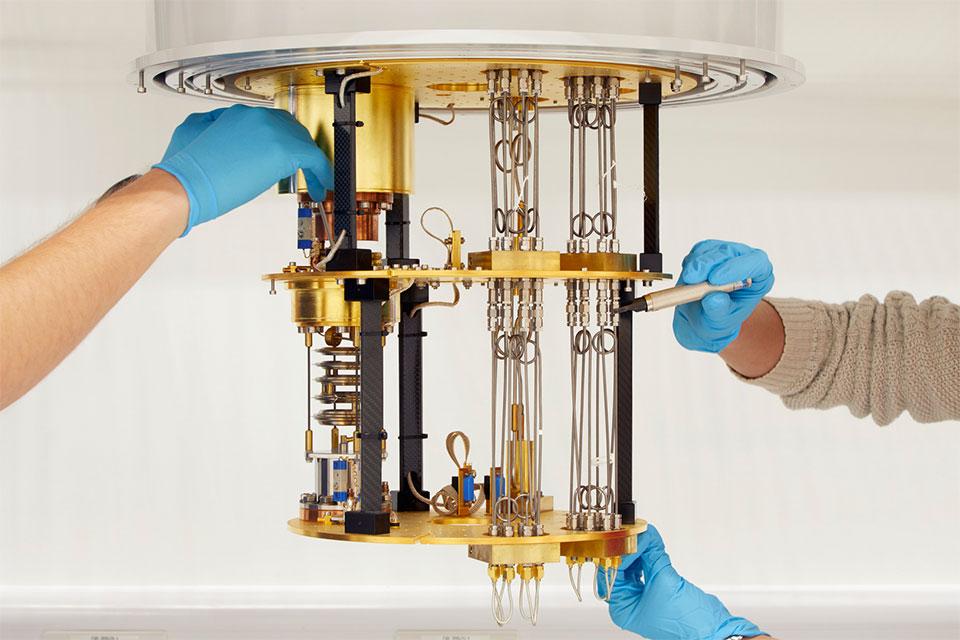Clarendon Laboratory, Department of Physics, University of Oxford, Parks Road, Oxford, OX1 3PU
Matthieu Le Tacon, Institute for Quantum Materials and Technologies, Karlsruhe Institute of Technology
Transition metal compounds in which electrons from partially filled d-shells strongly interact with each other keep challenging the standard theory of solids as new, emergent exotic electronic orders are experimentally observed. Despite vastly different macroscopic properties, e.g. high temperature superconductivity (HTS), electronic nematicity or density waves to cite a few, the electronic phases encountered in these quantum materials can be almost degenerate and compete with each other within complex phase diagrams. The crystal lattice is more than a mere spectator. It can be used to tune the subtle interplay between charge, spin, orbital and lattice degrees of freedom that controls such competing electronic states and thereby to learn more about the microscopic mechanisms underpinning their stabilization.
I will show how the combination of pressure (hydrostatic or uniaxial) tuning and x-ray spectroscopy has been used in the course of the last decade to gain fresh insights on the properties of charge density waves (CDW) in high temperature superconducting cuprates [1-4]. In the second part of the talk, I will discuss the interesting case of the incommensurate charge-density-waves (I-CDW) in BaNi2(As1-xPx)2, a (non-magnetic) nickel homologue to the Fe-based systems, which exhibits original nematic fluctuations lending support to a type of electronic nematicity, dynamical in nature. Fluctuations between degenerate nematic configurations cause a splitting of phonon lines, without lifting degeneracies nor breaking symmetries, akin to spin liquids in magnetic systems [5]. Using diffuse and inelastic x-ray scattering to study the formation of the I-CDW in the parent BaNi2As2, we found strong phonon anomalies which are well captured by our ab initio calculations, but also demonstrate its unconventional nature [6].
References
[1] S. M. Souliou, et al. Phys. Rev. B 97 020503 (2018).
[2] H. H. Kim, S. M. Souliou et al. Science 362 1040 (2018).
[3] H. H. Kim, et al. Phys. Rev. Lett. 126 037002 (2021).
[4] I. Vinograd, S. M. Souliou et al. to be published (2023).
[5] Yao et al, Nature Communications 13, 4535 (2022)
[6] Souliou et al. Phys. Rev. Lett. 129, 247602 (2022).

